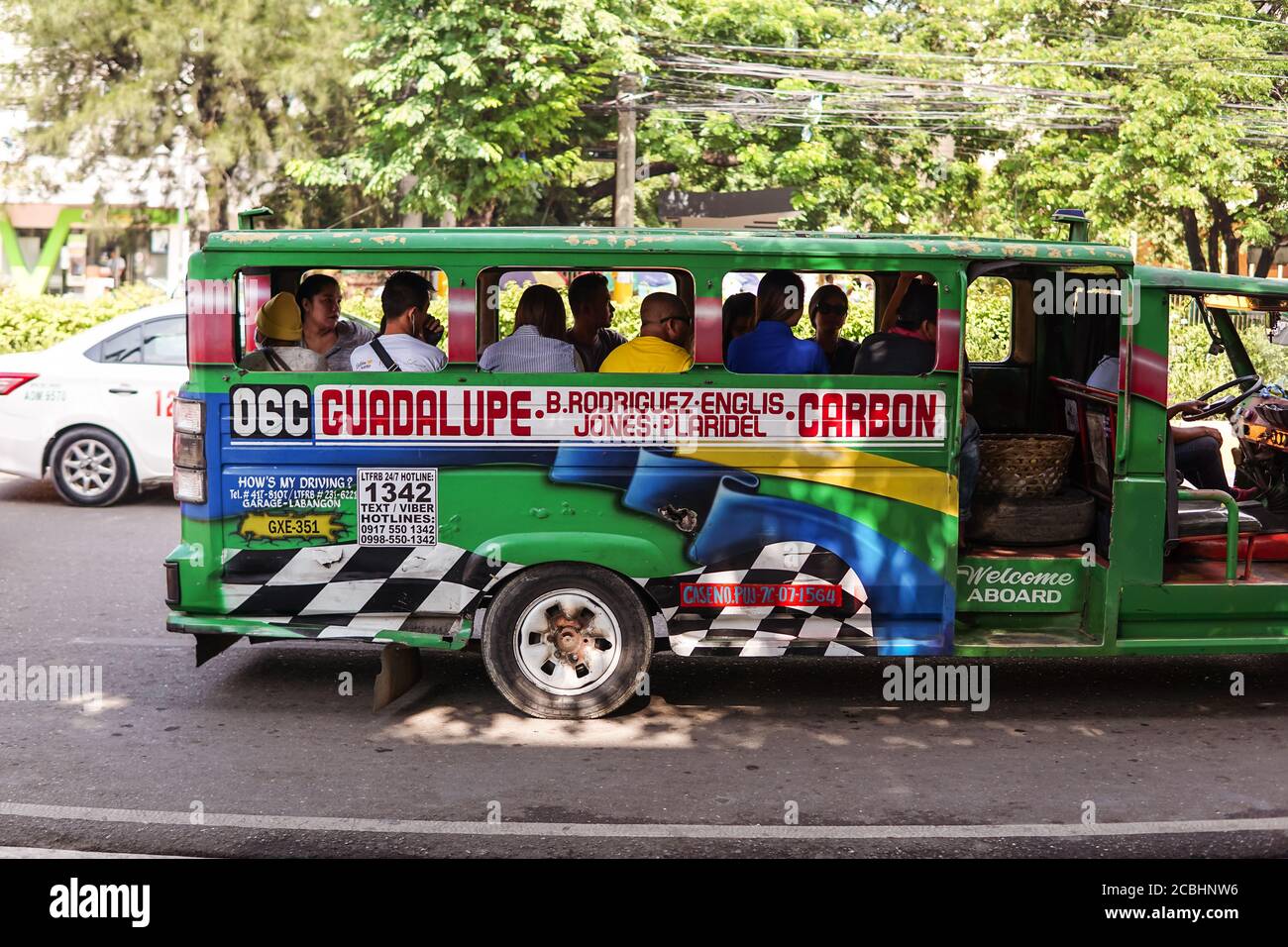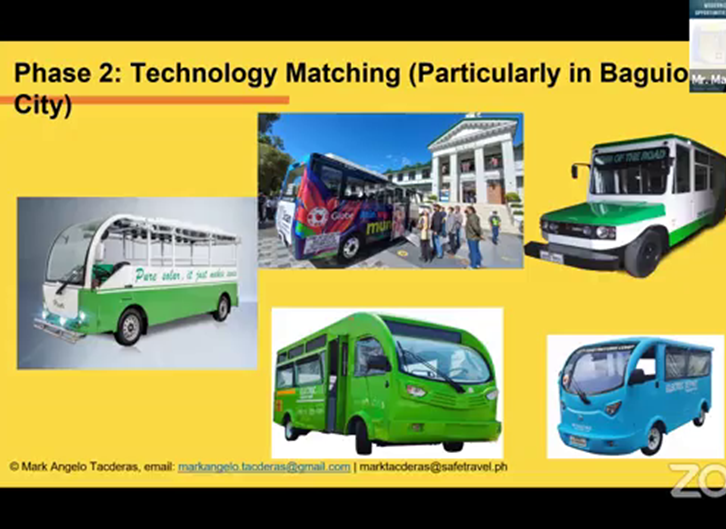Just How Transportation Advertising And Marketing Can Change Public Transport Spaces Into Dynamic Advertising Platforms
Transit advertising and marketing holds significant capacity to redefine public transport rooms into vivid advertising and marketing platforms that engage and inform. By using innovative layouts such as interactive stands and digital display screens, brands can not only get to a varied audience yet also improve the overall commuter experience. This approach develops a special possibility for brand names to connect with consumers in a setting that is usually ignored. As we explore the diverse benefits and advancing techniques of transit advertising and marketing, it increases the question of just how this makeover could redefine our communications with both brands and the city environment.
Advantages of Transportation Advertising

In addition, transit advertising and marketing is extremely affordable contrasted to standard media. It allows marketers to achieve high perceptions at lower expenses, optimizing return on investment. The restricted audience of travelers offers an opportunity for brands to share their messages to individuals who are often receptive throughout their travel times.
In addition, the dynamic nature of transportation advertising enables projects to be updated often, making certain that messaging remains pertinent and timely. This flexibility can be important in replying to market trends or marketing occasions, maintaining the brand top-of-mind for consumers. Last but not least, the prevalent presence of transit advertising and marketing adds to brand recall; repeated exposure within acquainted traveling contexts reinforces brand understanding and promotes customer commitment, ultimately driving sales and improving brand name reputation.
Kinds Of Transit Advertising And Marketing
Mass transit systems provide different layouts for advertising, each satisfying various marketing techniques and target market involvement methods. One popular type is external bus and train covers, which cover the whole vehicle and produce a mobile signboard result, permitting for high presence in city environments. These covers can record interest as they go across active streets, reaching a diverse target market.
An additional preferred layout is indoor advertising and marketing, which consists of posters, electronic displays, and ads on transit seats. These positionings involve guests during their trip, strengthening brand messaging in a restricted area. Digital shows, specifically, provide the advantage of vibrant web content, allowing marketers to update messages in real-time.
Station advertising and marketing is additionally considerable, featuring posters, banners, and interactive booths within transit terminals. These ads leverage foot website traffic and can target certain demographics based on area.
Finally, advertising partnerships with transportation authorities can cause distinct projects, such as themed transit experiences or occasions, enhancing the total interaction with travelers. Each sort of transportation marketing offers distinctive benefits, enabling brands to customize their approach to effectively reach their target audience within the public transport environment.
Engaging Travelers Effectively
Travelers are progressively inundated with advertising and marketing messages during their everyday trips, making it necessary for brands to involve them in cutting-edge methods. To record interest in this jampacked area, advertisers need to prioritize creative thinking and relevance. Using attractive visuals and succinct messaging can considerably enhance the probability of engagement.
Interactive components, such as QR have a peek at this website codes or increased fact functions, can likewise change static advertisements right into immersive experiences, fostering a much deeper connection with the target market. Brands must concentrate on dealing with commuters' requirements and passions, customizing messages to reverberate with their lifestyle, whether through promotions for local companies or services developed to improve their commuting experience.
Additionally, timing plays a critical duty; strategically placing ads during peak commuting hours can optimize exposure and effect. Engaging commuters efficiently likewise includes leveraging social networks combination, allowing passengers to share their experiences or promotions straight from transportation systems, thus enhancing brand reach.
Essentially, reliable interaction depends upon comprehending the commuter trip and developing engaging, interactive, and appropriate marketing experiences that not only record focus however also drive activity and commitment. By doing so, brands can transform public transport right into a dynamic advertising system that reverberates with its audience.

Measuring Advertising And Marketing Effect
How can brands accurately assess the performance of their marketing campaign en route atmospheres? Determining the impact of transit advertising calls for a diverse approach that incorporates qualitative and quantitative metrics. One widespread technique is tracking engagement via mobile analytics, where brands can assess foot website traffic patterns and app communications previously, during, and after projects.
Surveys can give useful insights right into brand recall and customer view, permitting brands to assess how well their messages reverberate with travelers. Furthermore, checking social networks involvement pertaining to certain projects can reveal changes in public perception and brand conversation.

Furthermore, working together with transportation agencies can improve dimension precision, as they frequently possess in-depth demographic data on ridership patterns. By incorporating these methodologies, brands can establish a thorough understanding of their advertising effectiveness, guaranteeing that their projects not just get to yet also impact their target audiences successfully.
Future Fads en route Marketing
A significant shift is anticipated in transportation advertising and marketing as technical advancements and transforming customer actions improve the landscape. Transit Advertising Philippines. The combination of digital displays and interactive media is anticipated to improve interaction, browse around this web-site permitting brand names to deliver vibrant content that resonates with diverse target markets. As public transport systems welcome clever modern technology, marketers will certainly take advantage of real-time information analytics to customize messages based on passenger demographics and actions
Furthermore, increased truth (AR) is poised to revolutionize the means travelers communicate with advertisements. By giving immersive experiences, AR can change a mundane trip into an interesting story that captures focus and promotes brand commitment. This development will likely urge advertisers to create even more experiential campaigns that drive customer interaction.
Sustainability is an additional vital trend affecting transit advertising and marketing. As environmental awareness grows, brand names will increasingly look for to align with eco-friendly methods, utilizing lasting products and promoting environment-friendly efforts within their projects.
Conclusion
In conclusion, transportation advertising and marketing offers considerable benefits by enhancing brand exposure and involving a captive audience. As patterns progress, the possibility for innovative interactions between travelers and brand names is positioned to expand, ensuring that transit marketing stays a crucial element of contemporary advertising methods.
Transportation advertising and marketing holds substantial possibility to redefine public transport areas into vivid advertising and marketing systems that inform and engage. The prevalent existence of transit marketing contributes to brand name recall; duplicated exposure within familiar traveling contexts strengthens brand awareness and fosters customer commitment, eventually driving sales and improving brand reputation.
Just how can brand names accurately assess the performance of their marketing campaigns in transportation atmospheres?In final thought, transportation marketing provides significant benefits by improving brand Home Page name exposure and engaging a restricted audience. Transit Advertising Philippines. As trends advance, the possibility for ingenious interactions in between brand names and commuters is poised to expand, making sure that transportation marketing remains an essential element of contemporary advertising and marketing strategies